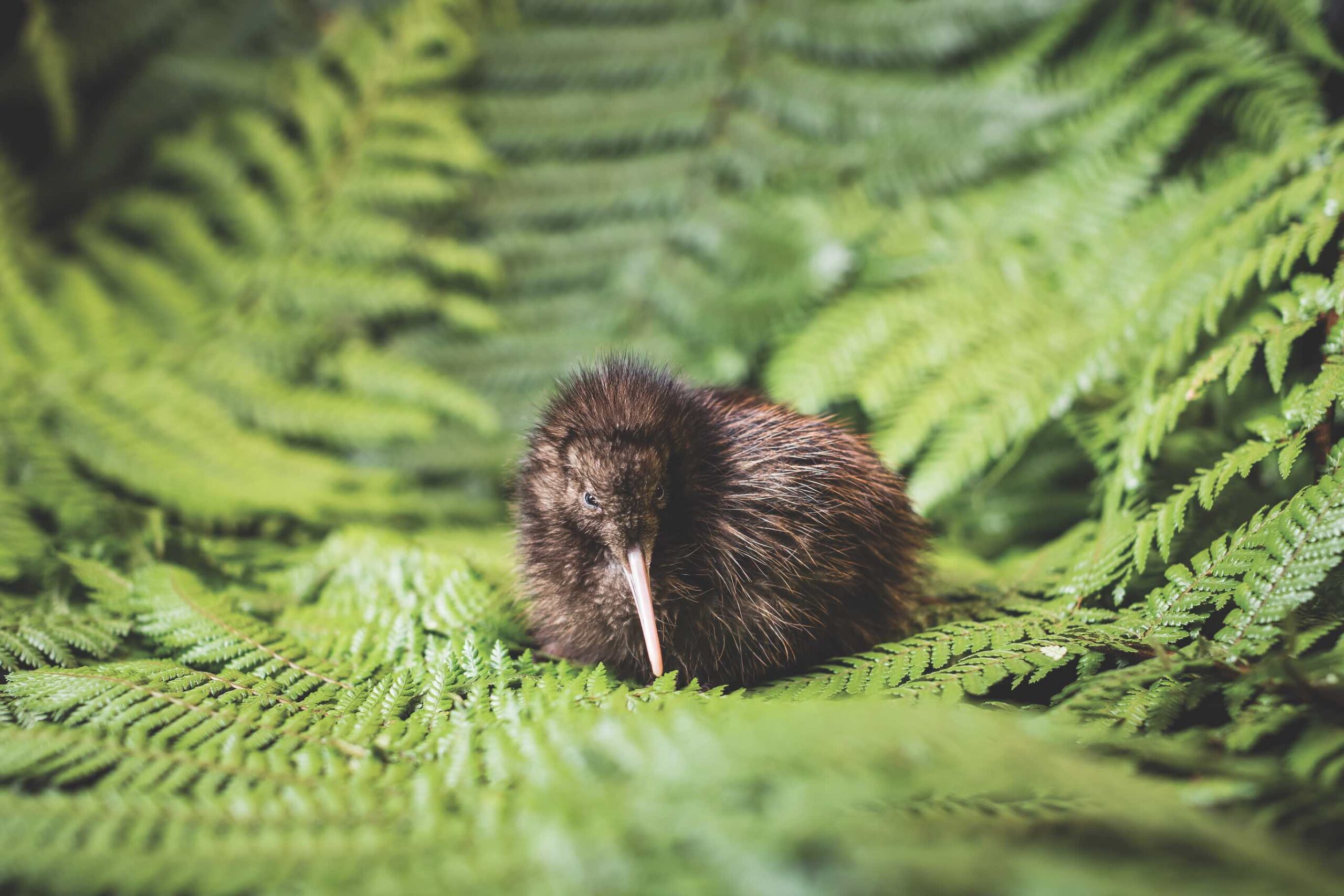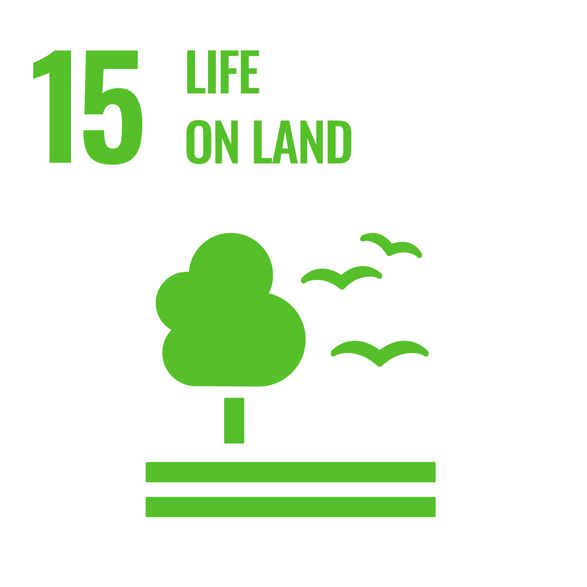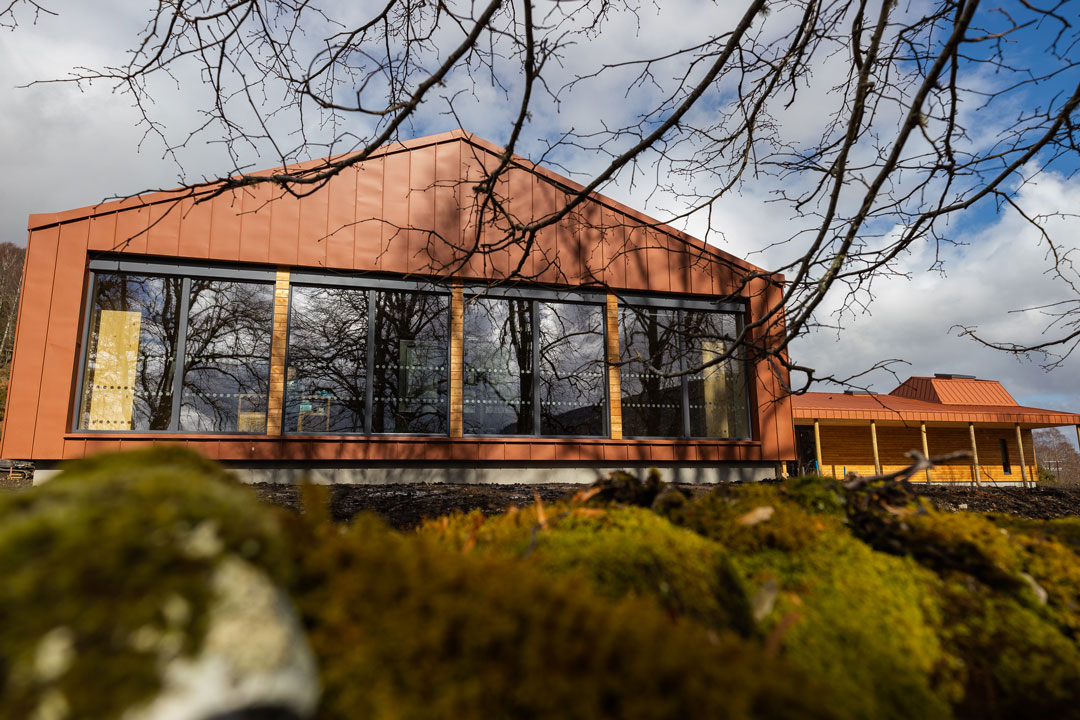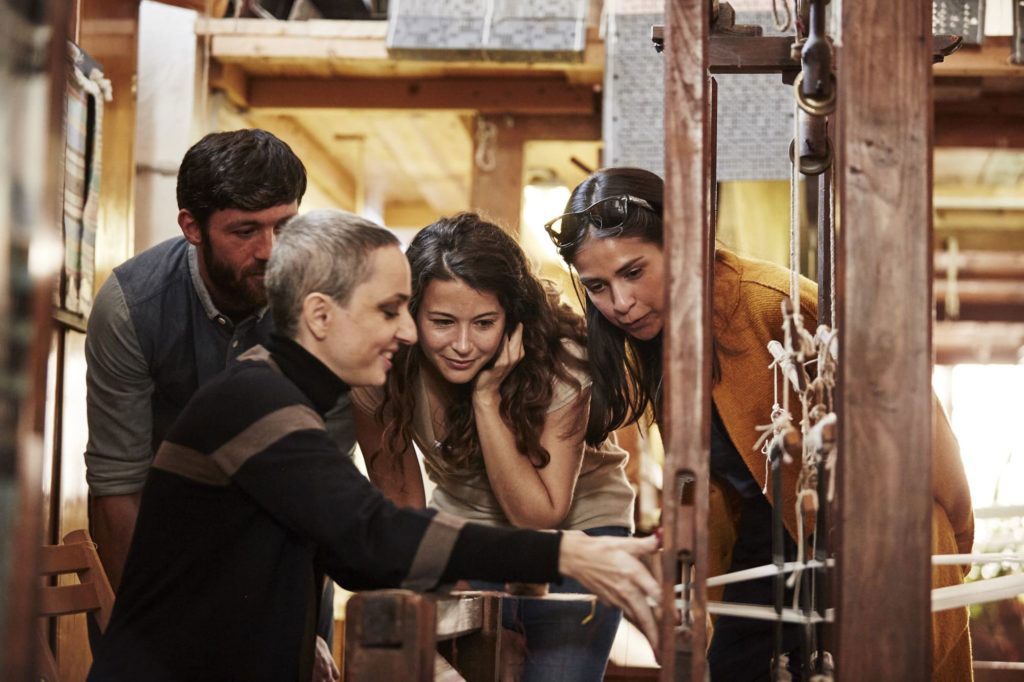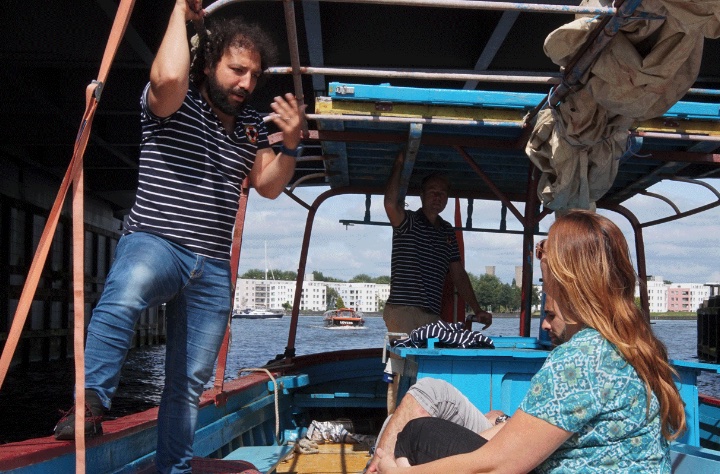Objective
There are few things more innately representative of New Zealand than the kiwi bird. Native solely to this island nation, this flightless bird with hair-like feathers is the main reason residents of New Zealand are affectionately called ‘Kiwis’. Far more than a country mascot, the unique kiwi bird is almost considered more mammal than bird and continues to be an important component to the New Zealand ecosystem, as well as a sacred animal to many of the indigenous Māori people.
Sadly, the features of the beloved kiwi which make it unique are also what make it vulnerable in the wild, since the arrival of mammalian predators. Before humans arrived, New Zealand used to be bird-land with the only land mammals being bats. The arrival of rodents, mustelids and other mammals has caused an ecological imbalance which has become increasingly concerning throughout the years. Organizations such as The National Kiwi Hatchery have made it their mission to protect the future of this species in New Zealand.
Despite hatching kiwis since 1995, Rainbow Springs Nature Park became a large-scale kiwi hatching and rearing facility in 2003 to protect this vulnerable species, which have now been reduced to a count of less than 70,000 in all of New Zealand. They also work to educate the public, support the training of kiwi handlers, and are now the largest kiwi hatching facility in the world.
Their work includes providing a safe environment for the kiwi chicks when they are most vulnerable. Kiwi chicks only have a 5% survival rate because of the introduced predators, but this is increased to 65% when they’re released at a ‘stoat-proof’ weight of 1kg.
Impact
The National Kiwi Hatchery has now hatched more than 2,500 kiwi chicks, and TreadRight is committed to aiding the facility in achieving an increased number of hatchlings through 2020 and beyond. Previous TreadRight support efforts have supplied the hatchery with machinery necessary for maintaining the wellbeing of the kiwis on premises, including a new incubator and scales.
TreadRight is also committed to the ongoing sponsorship of kiwi eggs, from incubation to hatching and release.
TreadRight is proud to work with TTC’s family of brands to bring travellers to the facility, raising awareness and allowing visitors of New Zealand to learn about the kiwi firsthand.
